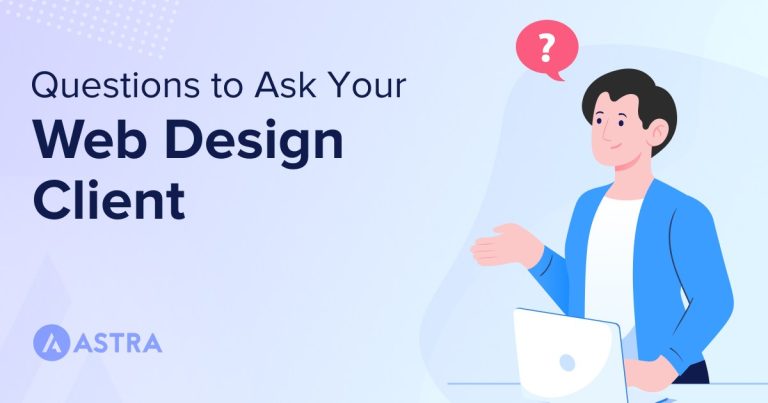When working with a web designer to create a website, it’s crucial to have open and effective communication. Here are some important topics to discuss with your web designer to ensure a successful project:
- Project Goals and Objectives: Clearly define the purpose of the website. Discuss your target audience and what you want to achieve with the site (e.g., lead generation, online sales, brand awareness).
- Budget and Timeline: Set a budget for the project and discuss payment terms. Establish project milestones and deadlines to ensure that the project stays on track.
- Design Preferences: Share your design preferences, including colors, styles, and any existing branding guidelines. Provide examples of websites you like and explain what you like about them.
- Content and Messaging: Discuss content requirements, including text, images, videos, and other media. Clarify who will be responsible for creating or providing content.
- Functionality and Features: Outline the specific features and functionality you need on the website (e.g., contact forms, e-commerce, blog, galleries). Discuss any special integrations or third-party tools required. Navigation and Site Structure: Define the site’s structure and navigation menu. Consider user experience and ease of navigation for visitors.
- Responsive Design: Ensure that the website will be mobile-responsive and display well on various devices and screen sizes.
- SEO Strategy: Discuss search engine optimization (SEO) goals and strategies for improving visibility on search engines. Address on-page SEO elements like Meta tags, URL structure, and keyword strategy.
- Content Management: Choose a content management system (e.g., WordPress) and discuss how you’ll manage and update content after the website is live.
- Testing and Quality Assurance: Establish a plan for testing the website’s functionality and design before launch. Discuss how issues and bugs will be addressed.
- Security and Maintenance: Ensure that the website has the necessary security measures in place. Discuss ongoing maintenance and updates to keep the site secure and functional.
- Hosting and Domain: Decide on a hosting provider and domain name registration, if not already in place.
- Legal and Compliance: Address legal requirements such as privacy policies, terms of use, and compliance with relevant regulations like GDPR.
- Training and Support: Discuss training for your team on how to use the website and its content management system. Determine the level of post-launch support provided by the web designer.
- Communication and Project Management: Establish a communication plan, including how you will stay in touch with your designer throughout the project. Decide on the tools you’ll use for project management and collaboration.
- Feedback and Revisions: Outline how feedback and revisions will be handled during the design and development phases.
Effective communication and clarity on these topics will help ensure that your web designer understands your needs and can deliver a website that aligns with your goals and expectations.
Post Views: 103


